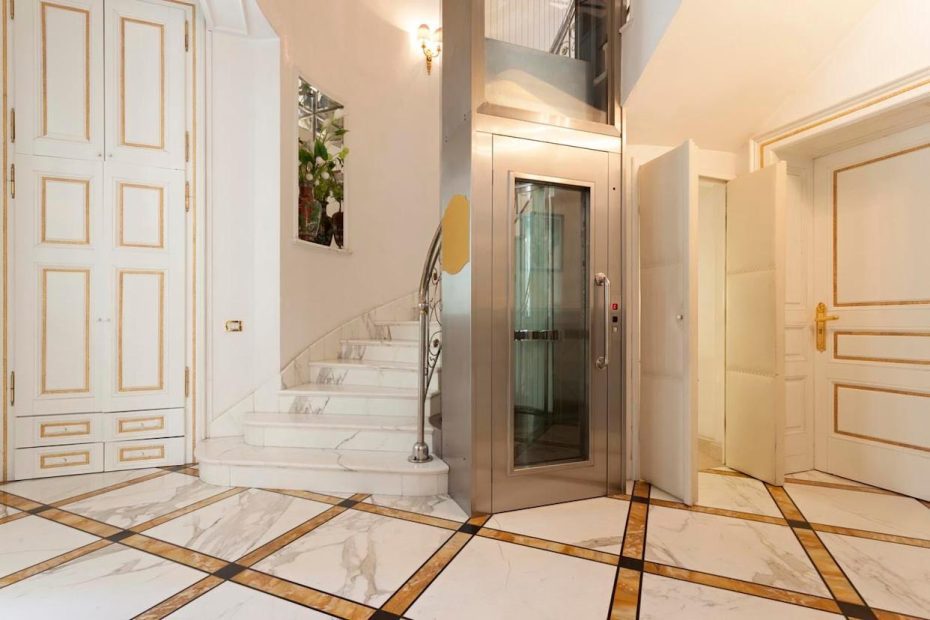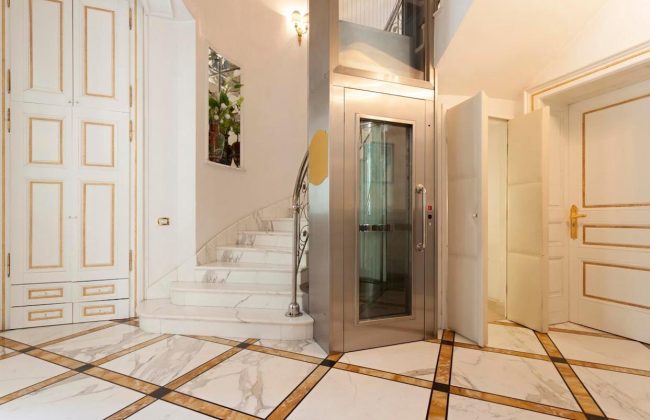Ever had that moment when climbing stairs feels more annoying than usual? Or carrying a heavy laundry basket down feels risky? Most people don’t think twice about how their home works—until something starts to feel off. But here’s the thing: some houses could seriously use one upgrade that solves a bunch of everyday problems all at once. And it’s not a bigger kitchen or a fancy TV. It’s a home lift.
Yep, a lift. At home. Sounds fancy, right? But it’s not just for the super rich or huge houses anymore. Stylish, space-saving lifts are showing up in more regular homes because they’re actually really useful—and not as pricey or complicated as they used to be.
Lifts Are No Longer Just for Luxury Homes
When people hear “home lift,” they often imagine a giant mansion with a gold-trimmed elevator. That’s the old-school idea. Things have changed a lot. These days, home lifts are built to fit into smaller spaces and designed to look modern, clean, and even cool. They don’t mess up the look of a home—they actually improve it.
In fact, there are stylish home lifts to enhance everyday accessibility that blend right into the look of a house. Some are small enough to fit where a closet used to be. Others are so quiet and smooth, guests barely notice them until they’re using them. And they don’t just make life easier—they can make a home feel safer, more future-ready, and more welcoming.
Everyday Life Gets Way Easier

Most people don’t realize how much energy gets used just walking up and down stairs all day. It’s something people get used to, so it’s easy to ignore. But then an injury happens, or someone visits who can’t handle stairs—and suddenly, it’s clear how much of a hassle they can be.
A home lift takes that problem away. It means no more struggling with grocery bags, laundry baskets, or carrying a sleepy kid upstairs. It’s one button, and you’re there. It’s not lazy—it’s smart. Lifts help people do everyday things without stress or pain.
They’re also great for anyone recovering from surgery or who has mobility issues. Instead of being stuck downstairs or needing help, they get their independence back. And that can seriously change how someone feels about their home.
Makes Staying in Your Home Possible for Longer
Some people move to new places just because stairs become too much. But what if they didn’t have to leave? What if their home grew with them?
That’s another reason more people are getting home lifts. Instead of downsizing or moving to a one-story house, they can keep living in the place they know and love. A lift means they don’t have to give up the upstairs bedroom, the view, or the space they’ve built memories in.
And it’s not just for older adults either. People in their 30s and 40s are thinking ahead and adding lifts now so they won’t have to worry later. It’s a smart way to make a house work better in the long run.
Not as Complicated as It Sounds
The idea of adding a lift might sound like a huge project. But most modern home lifts don’t need a deep pit or a big machine room. Some run on regular power and can be installed in just a few days. That means no massive demolition or construction headaches.
There are lifts that work with clear sides to let in light, or ones that tuck neatly into a corner. Some even have features like remote controls or safety sensors that stop the lift if something’s in the way. They’re built to be safe, smooth, and easy to use.
Installation usually depends on the type of house and where the lift’s going, but companies work with the space that’s already there. In some cases, they even design around stairwells or closets to make the most of the layout.
Adds Value to the Home
Adding a lift doesn’t just help now—it also adds value if the house ever goes up for sale. More buyers are interested in homes that are accessible, especially as people get older or have different family needs.
And because newer lifts look sleek and high-end, they can make a home feel more modern. Instead of lowering the style of a place, they actually make it stand out. It’s a smart upgrade that makes sense financially and practically.
It’s Not All About Age or Injury

Some people think lifts are only for older adults or people with disabilities. But they’re also great for busy families, multitasking parents, or anyone who just wants home life to feel a little easier. Imagine sending your dog upstairs in the lift or getting your suitcase down without bumping every step. Once it’s there, it gets used more than most people expect.
It’s a bit like air conditioning—something that seemed optional until it wasn’t. Once it’s in the house, it just becomes part of everyday life, helping out in little ways all the time.
Looking Ahead, Not Catching Up
Making a home work better isn’t about fixing problems later—it’s about planning ahead. And lifts are one of those things that make a big difference now and in the future. They’re not only for convenience or comfort but also about making the space smarter and more usable for everyone.
Instead of waiting for stairs to become a problem, it makes more sense to solve it before it happens. That’s what makes this upgrade such a secret weapon—it’s helpful, stylish, and totally future-proof.
What to Remember
So, what’s the big deal about a home lift? Turns out, it’s not just an extra—it’s a seriously useful tool that fits right into everyday life. It helps with groceries, safety, comfort, aging, injuries, and even visitors who can’t use stairs. And it does all of that while still looking great and fitting into a regular-sized home.
Home lifts used to be rare. Now they’re practical. And they might just be the upgrade most people never knew they needed—until they get one.
Thinking about how to make life at home a bit easier? This could be the place to start.

